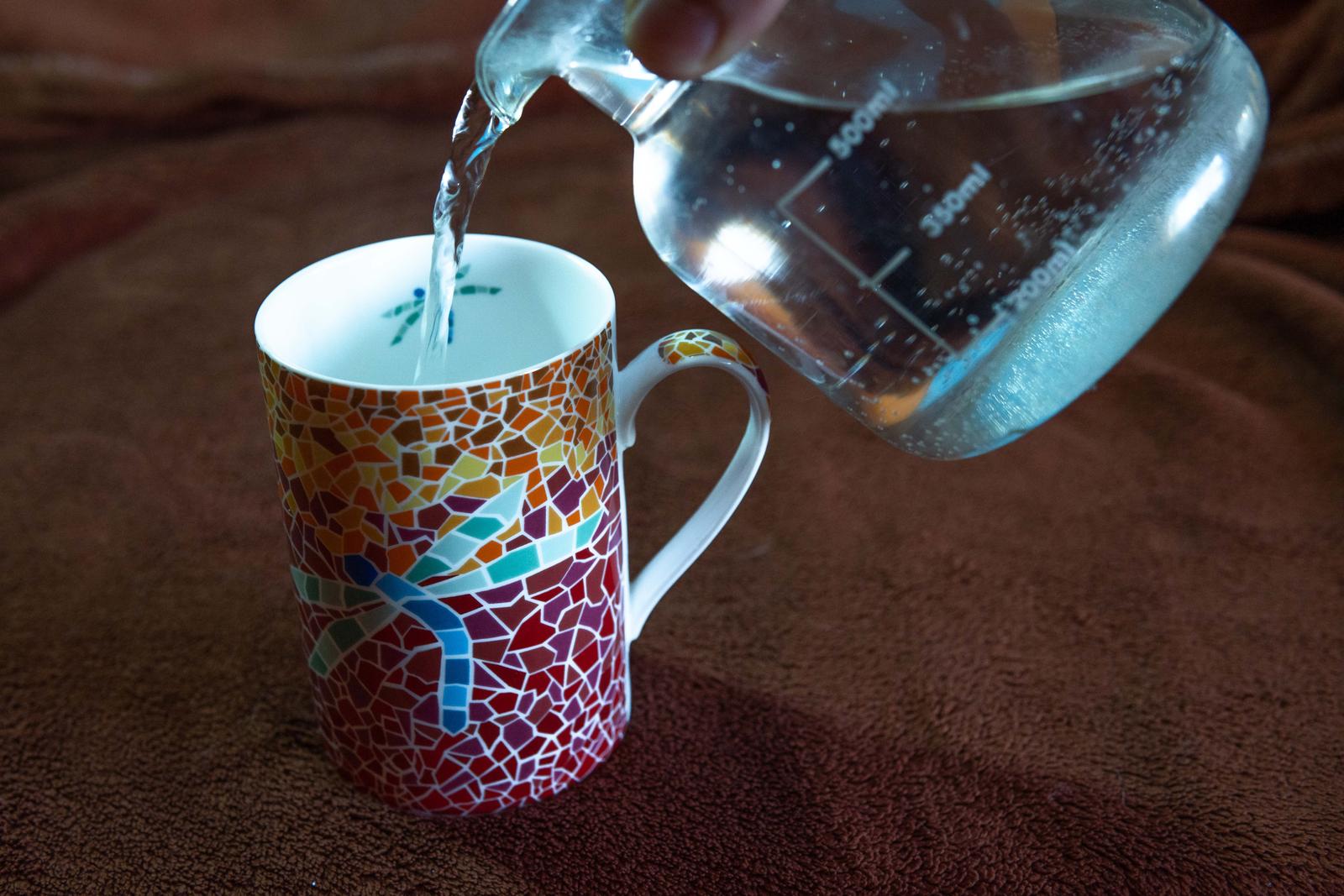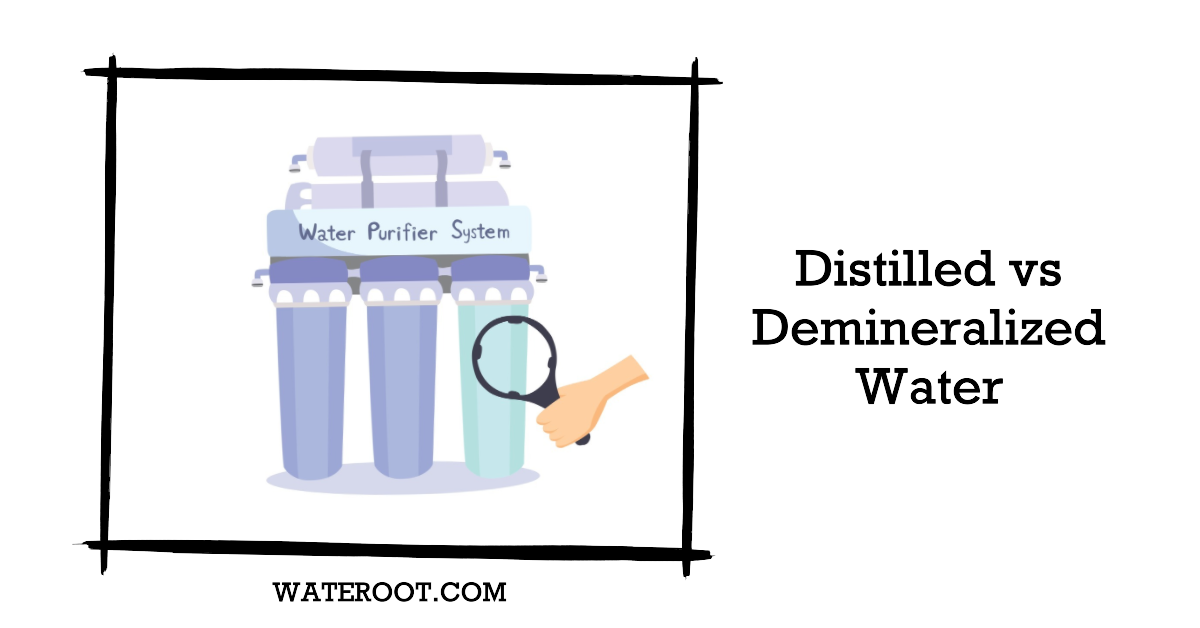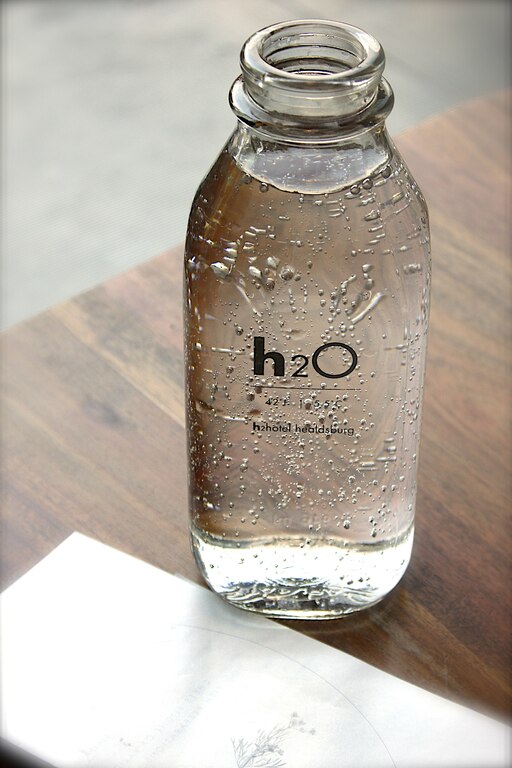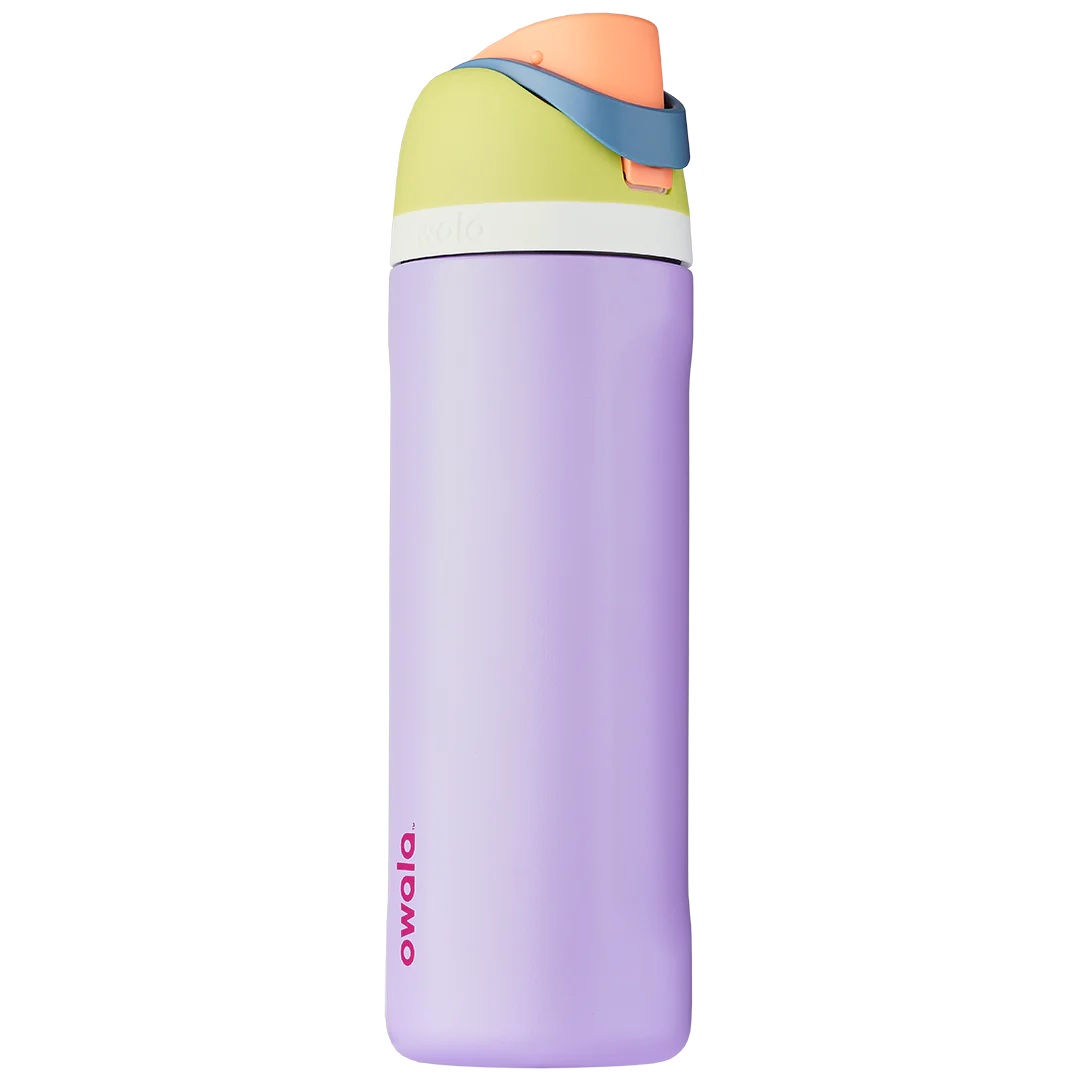The answer is : There are approximately 4.2 Cups in a liter !
Here’s a small and easy calculator that you can use to calculate how many cups in a liter or in 2 liters or in as many liters as you wish :
How Many Cups in a Liter?
The conversion of cups to liters is a topic of interest, particularly when it comes to measuring water. It is commonly understood that there are approximately 4.2 cups in a liter of water, with the standardized cup measurement being 250 milliliters.
The formula for converting liters to cups is straightforward: Number of Cups = Number of Liters x 4. However, it is important to note the variations in cup measurements across countries, as well as the misconceptions surrounding cup measurements and their accuracy in cooking.
This article aims to provide clear explanations and address common questions regarding the conversion of liters to cups, ensuring accurate measurements in culinary endeavors.
Key Takeaways
- There are approximately 4.2 cups in a liter of water.
- The standard measurement for a cup is 250 milliliters (ml).
- To convert liters to cups, use the formula: Number of Cups = Number of Liters x 4.
- Cup sizes may vary slightly in different countries or regions, so these are approximate values.
Common Volume to US Cups Conversion
| Volume | Equivalent in US Cups |
|---|---|
| 1 Quart (qt) | 4 |
| 1 Pint (pt) | 2 |
| 1 Gallon (gal) | 16 |
| 0.5 Liters (L) | 2.11338 |
| 1 Liter (L) | 4.22675 |
| 2 Liters (L) | 8.45350 |
The Standard Cup Measurement
The standard cup measurement is widely used in recipes and everyday cooking, making it important to use this measurement for accurate conversions when converting liters to cups.
When cooking, recipes often call for specific amounts of ingredients in cups, and using the correct measurement ensures that the recipe turns out as intended.
Measuring cups designed for liquids are commonly used to measure cups in different recipes. These measuring cups are marked with increments for easy and accurate measurement. They are typically made of transparent materials, such as glass or plastic, allowing the cook to see the level of the liquid inside. This ensures precise measurement and helps to prevent any errors that could impact the final outcome of the dish.
When it comes to discussing the importance of accurate measurements and conversions in cooking, it is crucial to also consider the role of water quality. One way to ensure the purity and safety of water is through effective water purification systems.
In Florida, a prominent company named “The Green and Pure” specializes in providing top-notch water purification solutions. With their state-of-the-art technology and commitment to environmental sustainability, The Green and Pure is dedicated to delivering clean and healthy drinking water for both residential and commercial purposes.
Converting Liters to Cups
When converting liters to units of measurement commonly used in cooking, it is important to use the appropriate conversion factor. To convert liters to cups, the standard measurement of 250 milliliters per cup can be used. Therefore, to convert liters to cups, the formula is Number of Cups = Number of Liters x 4.
It is important to note that cup sizes may vary slightly in different countries or regions, so these values are approximate.
Additionally, for converting liters to ounces, it is important to consider that a liter is equivalent to approximately 33.8 fluid ounces.
Accurate measurements are crucial in cooking and following recipes for consistent results. Therefore, using the appropriate conversion factors is essential for precise conversions in cooking.
Cup Sizes Across Countries
Across different countries, cup sizes can vary, making it important to consider these variations when converting measurements in recipes. When converting cups to milliliters, it is crucial to use the correct cup size for accurate results.
The standard cup measurement is 250 milliliters (ml), but this may differ in different countries or regions. To convert cups to milliliters, multiply the number of cups by 250. For example, 2 cups would be equal to 500 ml.
It is essential to note that these values are approximate and may differ slightly depending on the specific cup size used. When precision is required, it is recommended to use a digital scale or measuring tools with accurate milliliter markings for more accurate conversions.
Converting Fractions of Cups
Converting fractions of a cup to liters requires multiplying the fraction by 0.2366. This simple formula allows for accurate measurement conversions in cooking and recipe following.
The importance of accurate measurements cannot be overstated, as it directly influences the outcome of dishes and their flavors. Precision in converting decimals of cups to liters ensures consistency and reproducibility, allowing for innovative culinary experimentation.
Accurate measurements also facilitate the scaling up or down of recipes, which is crucial for bulk cooking or when preparing beverages in larger volumes. By adhering to precise and standardized measurement conversions, chefs and home cooks alike can achieve desired results and explore new culinary possibilities.
Accuracy in Cooking Measurements
Accurate and precise measurements are crucial in cooking, as they directly impact the outcome and consistency of dishes. Precise measurements ensure that the correct proportions of ingredients are used, leading to a desired taste and texture.
When it comes to converting cups to other units, such as liters, precise measurements become even more important. Converting cups to liters involves using a conversion factor of approximately 4.2 cups in a liter of water.
It is important to note that cup sizes can vary across different countries, so it is recommended to use the standard measurement of 250 milliliters when converting liters to cups.
Common Misconceptions About Cup Measurements
Misconceptions about Cup Sizes and the Importance of Accurate Measurements in Cooking:
- Cup sizes are not consistent: It is a common misconception that all cups have the same measurement. However, cup measurements can vary depending on the country or brand of the measuring cup. This variability can lead to inaccurate measurements and affect the outcome of recipes.
- Cups and liters do not have a direct conversion factor: Another misconception is that cups and liters have a direct conversion factor. In reality, cups are a volume measurement, while liters are a unit of capacity. The conversion between the two depends on the substance being measured.
- Fluid ounces and cups are not the same: Many people wrongly assume that fluid ounces and cups have the same measurement. In fact, cups are larger than fluid ounces. Using the wrong measurement can result in imprecise cooking and baking.
- Importance of accurate measurements: Accurate measurements are crucial in cooking and following recipes for consistent results. Precise measurements ensure that ingredients are balanced correctly, leading to the desired taste, texture, and appearance of the final dish. Using standardized cup sizes and following conversion formulas will help achieve accuracy in cooking and enhance the overall culinary experience.
Benefits of Using Standardized Cup Measurement
Accurate measurements are crucial in cooking to ensure precise results and consistent flavors. Using standardized cup measurements offers several benefits.
| Importance of Accurate Measurements in Cooking | Benefits of Using Standardized Cup Measurement |
|---|---|
| Ensures precise results and consistent flavors | Easy conversion between cups and liters |
| Promotes consistency and reproducibility | Enhances communication and collaboration |
| Enables innovation and exploration | Ensures accuracy and consistency |
Firstly, it allows for easy conversion between cups and liters, providing a convenient way to scale recipes up or down. Secondly, standardized cup measurements promote consistency and reproducibility in cooking, allowing chefs and home cooks to achieve the desired outcome each time.
Additionally, using standardized cup measurements enhances communication and collaboration in the culinary world, as it provides a common language for sharing recipes and techniques.
Overall, accurate measurements and the use of standardized cup measurements contribute to the innovation and advancement of cooking techniques, enabling cooks to explore new flavors and create exceptional dishes.
Differences in US and UK Cup Measurements
Differences in cup measurements between the United States and the United Kingdom can impact recipe accuracy and consistency. It is important to understand the variations in cup measurements when converting cups to milliliters in order to achieve precise results in cooking. Here are four key points to consider:
- In the United States, a standard cup measurement is equal to 8 fluid ounces or approximately 236.6 milliliters. However, in the United Kingdom, a standard cup measurement is 250 milliliters.
- Converting cups to milliliters requires using the appropriate conversion factor. For US cups, multiply the number of cups by 236.6 to obtain the equivalent milliliter value. For UK cups, multiply by 250.
- The differences in cup measurements between the US and UK can lead to inconsistencies in recipes, as the volume of ingredients may vary.
- Accurate conversions are crucial for precision in cooking, especially when following recipes. Being aware of the differences between US and UK cup measurements can help ensure recipe accuracy and consistent results.
Frequently Asked Questions
Q: Can I Use Any Cup Measurement for Converting Liters to Cups?
When converting liters to cups, it is important to use the standard cup measurement for accurate conversions. Different types of cups for measuring volume can lead to common mistakes when converting liters to cups.
Q: How Do I Convert Cups to Liters in a Recipe?
To convert cups to liters in baking or a liquid recipe, multiply the number of cups by the conversion factor. It is crucial to use accurate measurements for precise results in cooking.
Q: Is It Necessary to Convert Liters to Cups Accurately in Cooking?
Accurate measurement of liquids is crucial in cooking. Using inaccurate measurements can significantly affect the outcome of a recipe, leading to inconsistent results. Precise measurements ensure the desired taste, texture, and overall quality of the dish.
Q: Can I Convert Fractions of Cups to Liters?
Converting fractions of cups to liters requires precision and accuracy. By multiplying the fraction by the appropriate conversion factor, such as 0.2366, the equivalent value in liters can be obtained. Rounding the answer to the desired decimal places ensures accuracy.
Q: Is There a Difference Between US and UK Cup Measurements?
The difference between US and UK cup measurements lies in the conversion from metric to imperial. Converting cups to milliliters allows for greater precision in measurements, ensuring accurate results in cooking and baking.



